Want a bigger Challenge? 7-Day Plant Based Detox for Hereditary Hemochromatosis
If you’ve been diagnosed with Hereditary Hemochromatosis, you know how important it is to carefully manage your iron intake. This genetic disorder causes your body to absorb and store too much iron, which can damage your organs over time. The good news is that through diet and lifestyle changes, you can help keep your iron levels in a healthy range.
For the next 7 days, I’m challenging you to a clean eating detox that will rid your body of processed foods, heavy metals, and anything else that could be contributing to iron overload. This meal plan is designed to be low in iron, calcium-rich to help block iron absorption, and low in vitamin C because it helps your body absorb more iron. Let’s get started!
Why Eat Organic?
Health Benefits:
- Reduced Exposure to Pesticides and Herbicides: Organic foods are grown without synthetic pesticides and herbicides, which can have potential health risks. Organic farming uses natural alternatives to manage pests and weeds.
- Potentially Higher Nutritional Value: Some studies suggest that organic foods may have higher levels of certain nutrients, including antioxidants, although the evidence is mixed.
- No Antibiotics or Hormones in Meat: Organic meat is produced without the use of antibiotics or growth hormones, which are commonly used in conventional meat production. Overuse of antibiotics in farming can contribute to antibiotic resistance.
Environmental Benefits:
- Sustainable Agriculture: Organic farming practices aim to be more sustainable and eco-friendlier. This includes crop rotation, composting, and other practices that improve soil health and reduce pollution.
- Biodiversity: Organic farms often have higher biodiversity, which can support healthier ecosystems.
- Lower Carbon Footprint: Organic farming generally requires less energy and emits fewer greenhouse gases compared to conventional farming.
Vegetables and Legumes:
- Organic farming of vegetables and legumes involves:
- No Synthetic Pesticides or Herbicides: Farmers use natural pest control methods, such as beneficial insects, and natural herbicides.
- No Synthetic Fertilizers: Organic farmers use compost, animal manures, and green manures to enhance soil fertility.
- Non-GMO: Organic produce cannot be genetically modified.
- Soil Health: Practices like crop rotation, cover cropping, and reduced tillage improve soil health and structure, promoting a balanced ecosystem.
While organic foods can sometimes be more expensive, many people consider the benefits to health, the environment, and ethical standards to be worth the cost. However, it’s also important to eat a balanced diet, organic or not, that includes a variety of fruits, vegetables, legumes, and lean proteins.
TIP:
I have found Amazon’s products to be the least expensive when you’re trying to eat organic. The 365 Whole Foods Brands, and the Amazon Fresh brands. Amazon unfortunately stopped doing free delivery for Whole Foods. It is now $9.99 per delivery or $9.99 per month subscription. However, there is a trick! You can get what they call Pantry staples delivered for free, it will not be the same day. If you’re on Amazon go to Amazon Fresh in the drop down menu.
Lowest Iron Content in Vegetables:
- Celery: 0.2 mg of iron per 100 grams.
- Eggplant: 0.2 mg of iron per 100 grams.
- Turnips: 0.2 mg of iron per 100 grams.
- Cucumbers: 0.3 mg of iron per 100 grams.
- Iceberg Lettuce**: 0.3 mg of iron per 100 grams.
- Green Beans**: 0.3 mg of iron per 100 grams.
- Radishes: 0.3 mg of iron per 100 grams.
- Tomatoes: 0.3 mg of iron per 100 grams.
- Summer Squash: 0.3 mg of iron per 100 grams.
- Zucchini: 0.4 mg of iron per 100 grams.
- Cauliflower: 0.4 mg of iron per 100 grams.
- Bell Peppers: 0.4 mg of iron per 100 grams.
- Corn: 0.5 mg of iron per 100 grams.
- Cabbage: 0.5 mg of iron per 100 grams.
- Bok Choy (Pak Choi): 0.8 mg of iron per 100 grams.
- Potatoes: 0.8 mg of iron per 100 grams.
- Kale: 1.5 mg of iron per 100 grams.
For comparison, here are some common legumes:
- Green Peas: 1.5 mg of iron per 100 grams.
- Lentils**: 3.3 mg of iron per 100 grams.
- Adzuki Beans**: 2 mg of iron per 100 grams.
- Navy Beans**: 2.2 mg of iron per 100 grams.
- Kidney Beans**: 2.5 mg of iron per 100 grams.
- Pinto Beans**: 2.1 mg of iron per 100 grams.
- Black Beans**: 2.1 mg of iron per 100 grams.
- Garbanzo Beans (Chickpeas)**: 2.9 mg of iron per 100 grams.
The iron content can vary depending on the brand and how it is prepared
- Tofu is a versatile and nutritious option that can be included in various dishes. It provides a moderate amount of iron compared to other legumes and soy products.
Foods and Dietary Strategies to lower iron absorption:
- Tea and Coffee: Both contain polyphenols like tannins, which can inhibit iron absorption when consumed during meals. Black Teas contain higher tannin levels.
- Calcium-Rich Foods: Calcium competes with iron for absorption in the intestines. Dairy products or calcium supplements can reduce iron absorption when taken alongside iron-rich meals.
- Phytates: Found in whole grains, legumes, nuts, and seeds, phytates can bind to iron and reduce its absorption.
- Oxalates: Found in foods such as spinach, rhubarb, and certain nuts and grains, oxalates can bind to iron and inhibit its absorption.
- Fiber: Soluble and insoluble fibers can bind to iron in the digestive tract and reduce its absorption.
- Eggs: Contain a protein called phosvitin that can inhibit iron absorption.
Vitamins and Supplements:
- Calcium Supplements: Taking calcium supplements with meals can help reduce the absorption of non-heme iron.
- Polyphenol Supplements: Supplements that contain polyphenols (like those from grapeseed extract, green tea extract) can also inhibit iron absorption.
Herbal Products:
- Green Tea: Contains catechins which can inhibit iron absorption.
- Turmeric: Contains curcumin, which may reduce iron absorption when taken in large amounts.
- Ginkgo Biloba: Has been noted to have iron-chelating properties, which means it might help bind to excess iron and facilitate its removal from the body.
Tips for Lowering Iron Absorption:
- Avoid Vitamin C with Iron-Rich Foods: Vitamin C enhances iron absorption. If you are looking to reduce iron intake, avoid consuming vitamin C-rich foods or supplements with your iron-rich meals.
- Separate Your Meals Try to separate calcium-rich foods and supplements from meals high in iron by at least a couple of hours.
- Balanced Diet Ensure a balanced diet that includes a variety of food groups, which can naturally help regulate nutrients like iron.
It’s important to consult with a healthcare provider before making significant changes to your diet or starting any new supplements, especially if you have a medical condition that affects iron metabolism**
While organic foods can sometimes be more expensive, many people consider the benefits to health, the environment, and ethical standards to be worth the cost. However, it’s also important to eat a balanced diet, organic or not, that includes a variety of fruits, vegetables, legumes, and lean proteins.
TIP:
I have found Amazon’s products to be the least expensive when you’re trying to eat organic. The 365 Whole Foods Brands, and the Amazon Fresh brands. Amazon unfortunately stopped doing free delivery for Whole Foods. It is now $9.99 per delivery or $9.99 per month subscription. However, there is a trick! You can get what they call Pantry staples delivered for free, it will not be the same day. If you’re on Amazon go to Amazon Fresh in the drop down menu.
Iron Content in Foods:
Meats are Heme Irons which your body absorbs more iron. People living with Hereditary Hemochromatosis absorb up to 4 times more iron
Meats:
- Chicken Breast: 0.4 mg of iron per 100 grams.
- Chicken Thighs: 0.9 mg of iron per 100 grams.
- Pork: 0.9 mg of iron per 100 grams.
- Turkey Breast: 1.1 mg of iron per 100 grams.
- Lean Ground Sirloin: 2.1 mg of iron per 100 grams.
- New York Strip Steak: 1.7 mg of iron per 100 grams.
- Filet (Filet Mignon) : 2.6 mg of iron per 100 grams.
- Lamb: 1.6 mg of iron per 100 grams.
- Duck: 2.7 mg of iron per 100 grams.
- Beef: 2.6 mg of iron per 100 grams.
- Bison: 2.8 mg of iron per 100 grams.
- Venison (Deer): 3.4 mg of iron per 100 grams.
- Liver (Beef): 6.2 mg of iron per 100 grams.
Fish:
- Cod: 0.3 mg of iron per 100 grams.
- Tilapia: 0.6 mg of iron per 100 grams.
- Haddock: 0.3 mg of iron per 100 grams.
- Pollock: 0.4 mg of iron per 100 grams.
- Sole: 0.5 mg of iron per 100 grams.
- Halibut: 0.9 mg of iron per 100 grams. It does have moderate mercury levels
- Catfish: 1 mg of iron per 100 grams.
- Farm Raised Salmon: 0.9 mg of iron per 100 grams.
- Trout: 1.4 mg of iron per 100 grams.
- Sardines: 2.9 mg of iron per 100 grams.
We did exclude these types of fish due to the HIGH mercury content:
- Shark
- Swordfish
- King Mackerel
- Tilefish
- Marlin
- Bigeye Tuna
- Ahi Tuna
- Tilefish (from Gulf of Mexico) Very High Mercury content as well as Lead and Cadmium
Moderately Mercury Fish:
- Canned Albacore Tuna
- Canned Light Tuna
- Halibut
- Mahi Mahi
- Snapper
- Carp
- Bluefish
- Sea Bass
Other things to consider:
- PCBs (Polychlorinated Biphenyls) and Dioxins: Found in many fish, especially those from contaminated waters. These are industrial pollutants that can accumulate in the fat of fish.
- Cadmium and Lead: Heavy metals that can be present in some fish.
- Persistent Organic Pollutants (POPs): These include pesticides, industrial chemicals, and compounds that resist environmental degradation.
Lowest Iron Content in Vegetables:
- Celery: 0.2 mg of iron per 100 grams.
- Eggplant: 0.2 mg of iron per 100 grams.
- Turnips: 0.2 mg of iron per 100 grams.
- Cucumbers: 0.3 mg of iron per 100 grams.
- Iceberg Lettuce: 0.3 mg of iron per 100 grams.
- Green Beans: 0.3 mg of iron per 100 grams.
- Radishes: 0.3 mg of iron per 100 grams.
- Tomatoes: 0.3 mg of iron per 100 grams.
- Summer Squash: 0.3 mg of iron per 100 grams.
- Zucchini: 0.4 mg of iron per 100 grams.
- Cauliflower: 0.4 mg of iron per 100 grams.
- Bell Peppers: 0.4 mg of iron per 100 grams.
- Corn: 0.5 mg of iron per 100 grams.
- Cabbage: 0.5 mg of iron per 100 grams.
- Bok Choy (Pak Choi): 0.8 mg of iron per 100 grams.
- Potatoes: 0.8 mg of iron per 100 grams.
- Kale: 1.5 mg of iron per 100 grams.
For comparison, here are some common legumes:
- Green Peas: 1.5 mg of iron per 100 grams.
- Lentils: 3.3 mg of iron per 100 grams.
- Adzuki Beans: 2 mg of iron per 100 grams.
- Navy Beans: 2.2 mg of iron per 100 grams.
- Kidney Beans: 2.5 mg of iron per 100 grams.
- Pinto Beans: 2.1 mg of iron per 100 grams.
- Black Beans: 2.1 mg of iron per 100 grams.
- Garbanzo Beans (Chickpeas): 2.9 mg of iron per 100 grams.
The iron content can vary depending on the brand and how it is prepared
- Tofu is a versatile and nutritious option that can be included in various dishes. It provides a moderate amount of iron compared to other legumes and soy products.
The iron content can vary depending on the brand and how it is prepared
Foods and Dietary Strategies to lower iron absorption:
- Tea and Coffee: Both contain polyphenols like tannins, which can inhibit iron absorption when consumed during meals. Black Teas contain higher tannin levels.
- Calcium-Rich Foods: Calcium competes with iron for absorption in the intestines. Dairy products or calcium supplements can reduce iron absorption when taken alongside iron-rich meals.
- Phytates: Found in whole grains, legumes, nuts, and seeds, phytates can bind to iron and reduce its absorption.
- Oxalates: Found in foods such as spinach, rhubarb, and certain nuts and grains, oxalates can bind to iron and inhibit its absorption.
- Fiber: Soluble and insoluble fibers can bind to iron in the digestive tract and reduce its absorption.
- Eggs: Contain a protein called positing that can inhibit iron absorption.
Vitamins and Supplements:
- Calcium Supplements: Taking calcium supplements with meals can help reduce the absorption of non-heme iron.
- Polyphenol Supplements: Supplements that contain polyphenols (like those from grapeseed extract, green tea extract) can also inhibit iron absorption.
Herbal Products:
- Green Tea: Contains catechins which can inhibit iron absorption.
- Turmeric: Contains curcumin, which may reduce iron absorption when taken in large amounts.
- Ginkgo Biloba: Has been noted to have iron-chelating properties, which means it might help bind to excess iron and facilitate its removal from the body.
Tips for Lowering Iron Absorption:
- Avoid Vitamin C with Iron-Rich Foods: Vitamin C enhances iron absorption. If you are looking to reduce iron intake, avoid consuming vitamin C-rich foods or supplements with your iron-rich meals.
- Separate Your Meals Try to separate calcium-rich foods and supplements from meals high in iron by at least a couple of hours.
- Balanced Diet Ensure a balanced diet that includes a variety of food groups, which can naturally help regulate nutrients like iron.
It’s important to consult with a healthcare provider before making significant changes to your diet or starting any new supplements, especially if you have a medical condition that affects iron metabolism
Day 1:
Today’s focus is on eliminating processed foods and switching to whole, unprocessed ingredients. Ditch the boxed cereals, granola bars, and frozen dinners – instead, opt for fresh, seasonal produce, lean proteins, and whole grains. Avoid anything pre-packaged, canned, or with a long list of unpronounceable ingredients.
Day 2:
Today’s focus is on avoiding high-iron foods. Steer clear of red meat, organ meats, fortified cereals, and supplements containing iron. Instead, load up on plant-based protein sources like beans, lentils, and quinoa. Pair these with plenty of veggies to help your body absorb less iron.
Day 3:
Today’s focus is on eliminating heavy metals and toxins. Avoid using cast iron pots, aluminum foil, or anything with a shiny metallic surface when preparing your meals. These can leach harmful compounds into your food. Also, steer clear of canned foods, which often contain a toxic chemical called BPA.
Dinner: Baked cod, or tilapia with steamed Brussels sprouts with lemon garlic sauce.
Day 4:
Today’s focus is on getting enough calcium. Calcium is important because it can help block iron absorption in the gut. Make sure to include calcium-rich foods like yogurt, leafy greens, broccoli, and sesame seeds in your meals. Avoid high-iron dairy products like cheese and milk.
Day 5:
Today’s focus is on limiting your vitamin C intake. Vitamin C helps your body absorb excess iron Load up on citrus fruits, bell peppers, tomatoes, broccoli, and leafy greens. Avoid taking iron supplements or eating foods fortified with iron.
Day 6:
Today’s focus is on staying hydrated. Drinking plenty of water can help flush out excess iron and other toxins. Aim for at least 8 cups of water per day, and consider adding lemon, cucumber, or mint to give it some extra flavor.
Day 7:
Congratulations, you made it to the final day of the detox! Today’s focus is on continuing to build healthy habits that you can stick to even after the 7 days are up. Remember, managing your Hereditary Hemochromatosis is a lifelong journey, so keep these clean eating principles in mind as you move forward.
Overall, Meal Plan Highlights:
- Emphasis on plant-based, whole food ingredients
- Focus on low-iron, calcium-rich foods.
- Avoidance of processed foods, heavy metals, and iron supplements
- Drinking plenty of water to support detoxification
I hope this 7-day clean eating detox has given you some helpful ideas and inspiration for managing your Hereditary Hemochromatosis through diet. Remember to always consult with your healthcare provider before making any major changes to your eating plan. Wishing you all the best on your journey to better health!
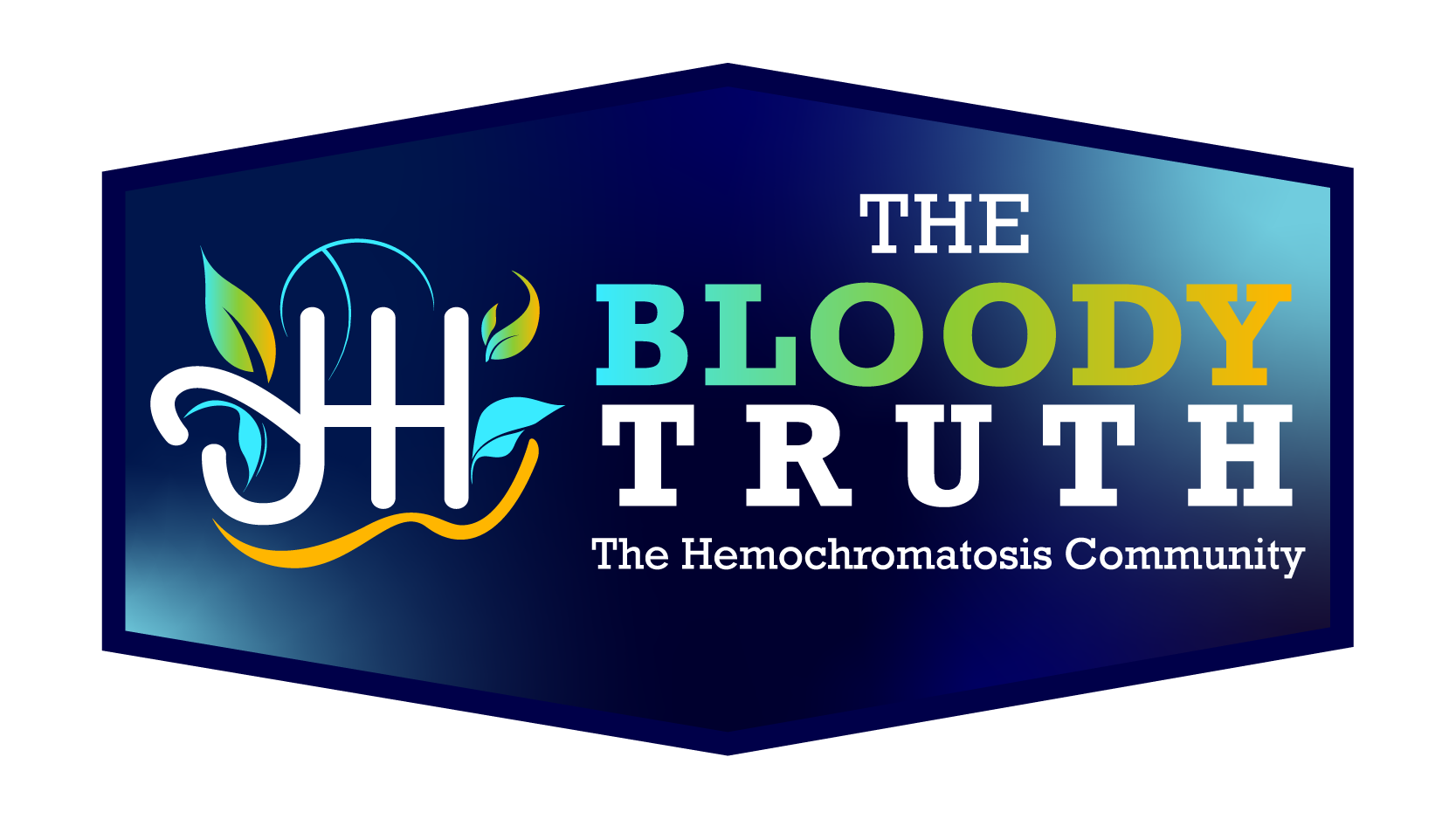
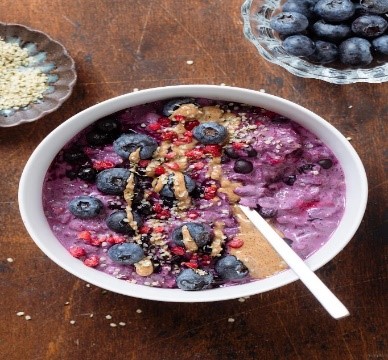

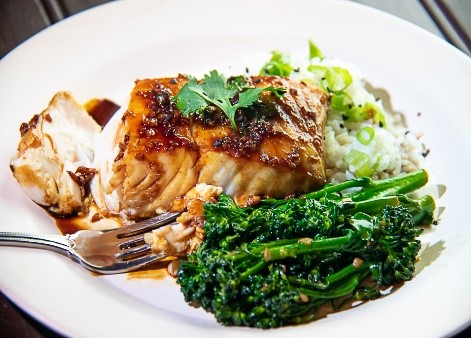
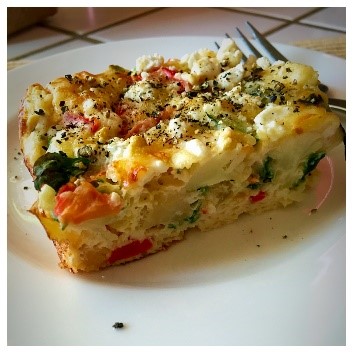
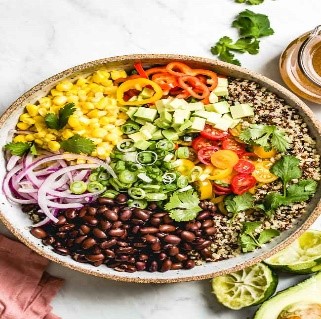
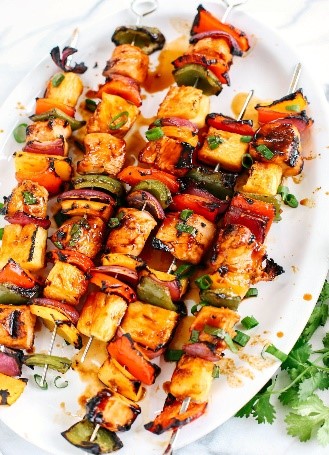
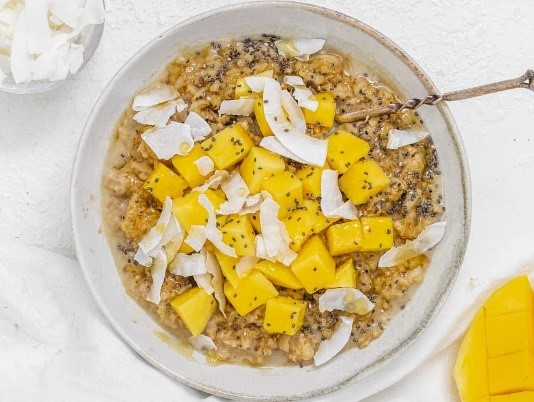
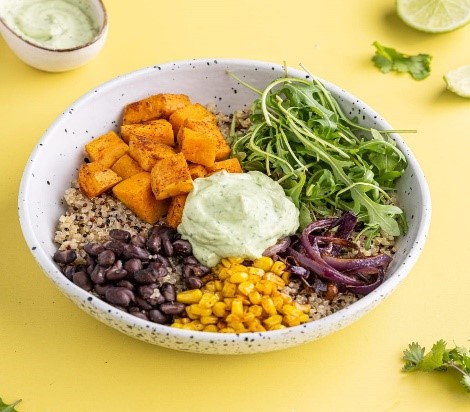
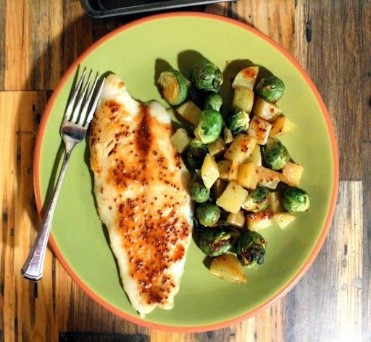
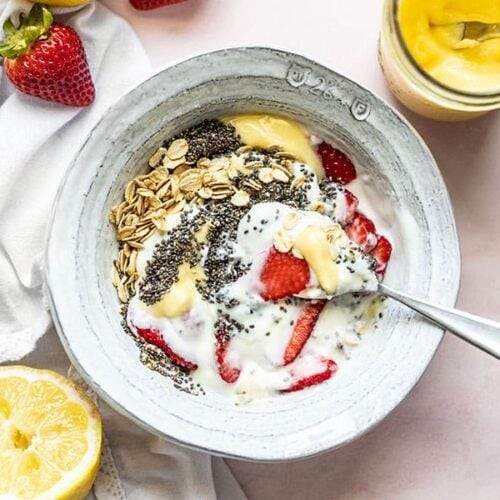
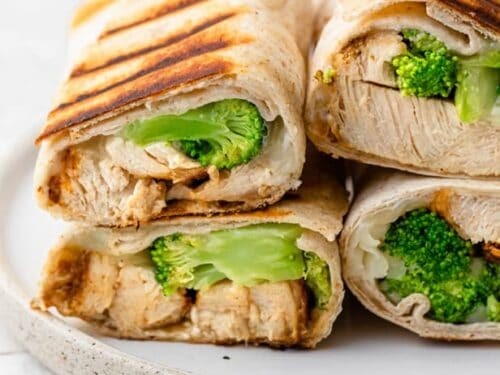



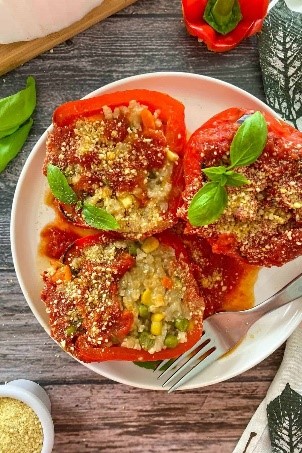
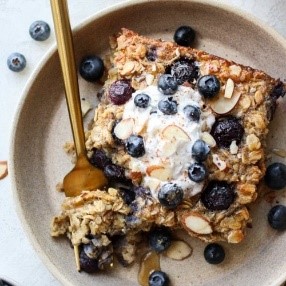

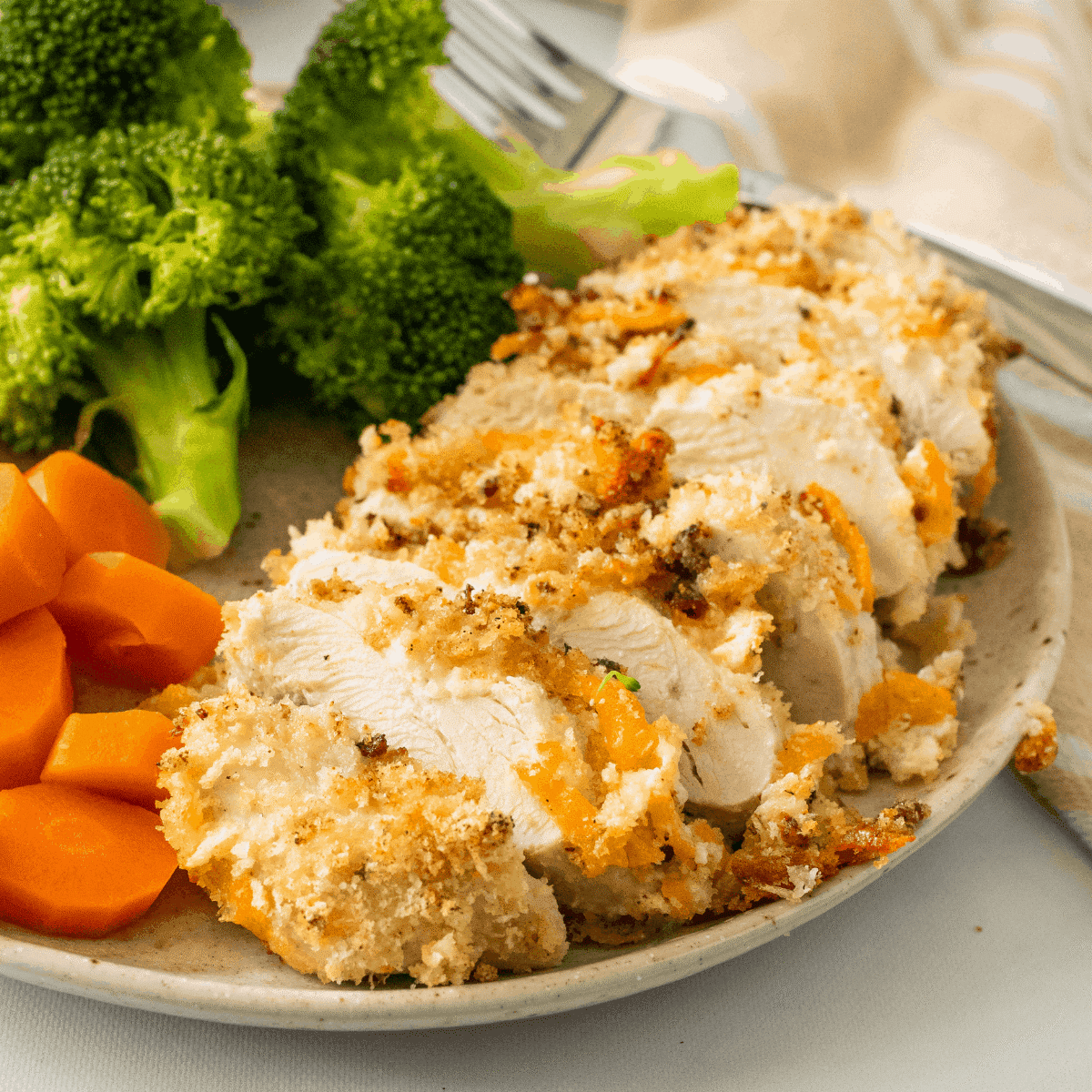

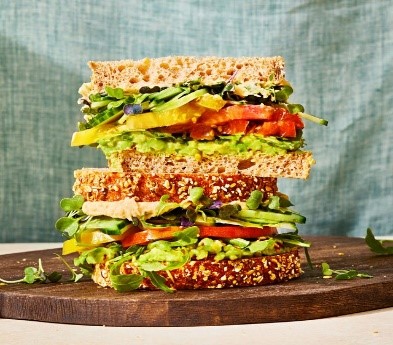











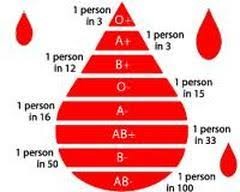
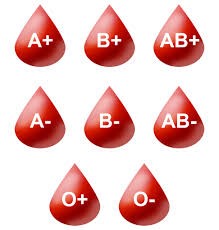


One thought on “Take the 7-Day Detox Challenge, Rid your body of processed and toxic foods (Includes Chicken & Fish)”